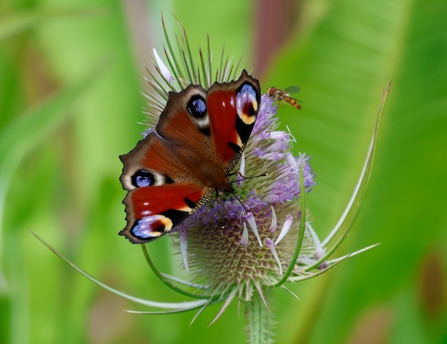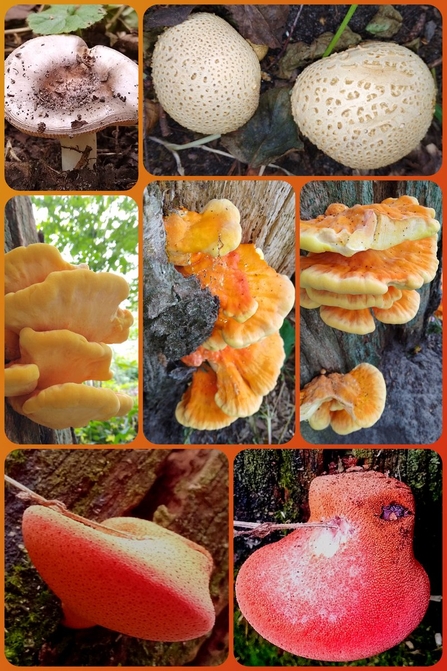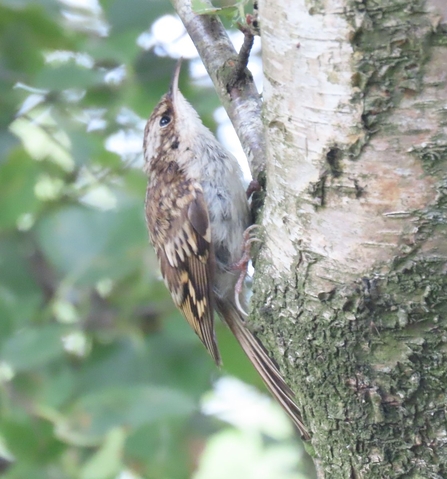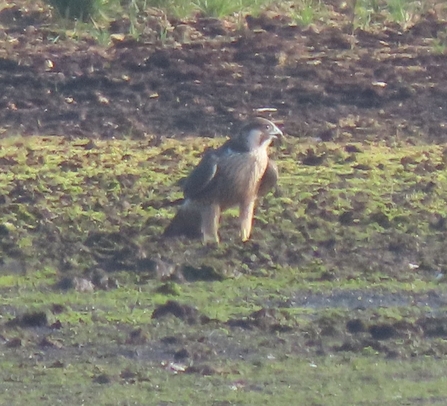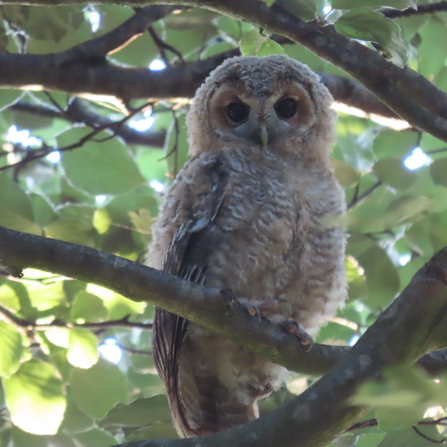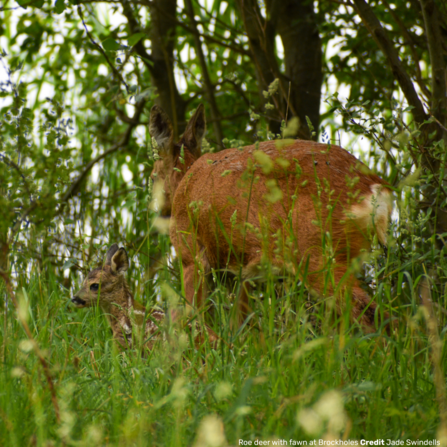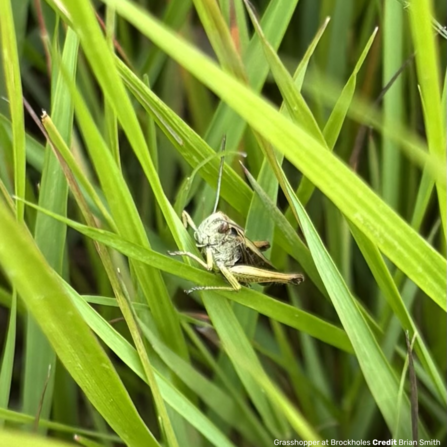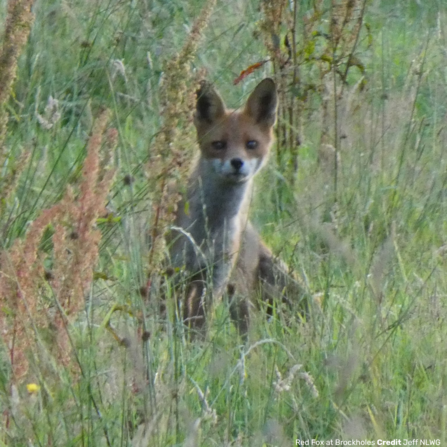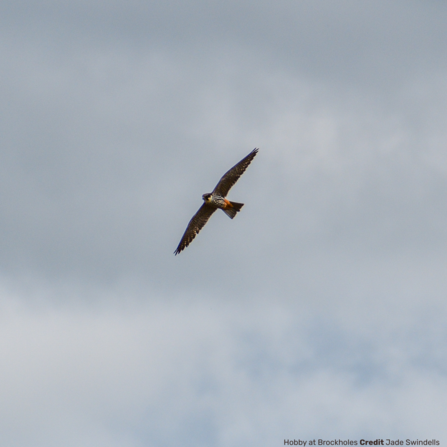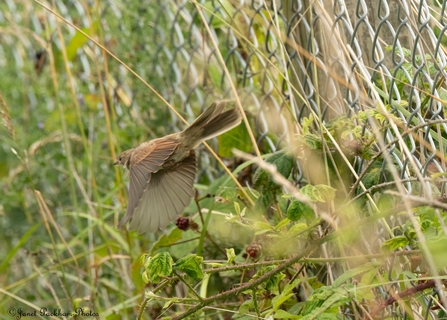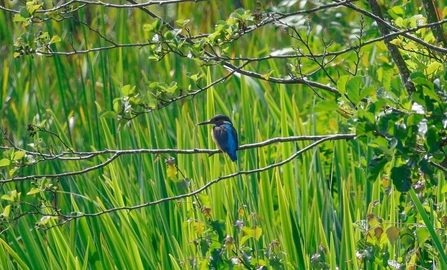
Kingfisher at Mere Sands Wood Credit Nathan Wilde
Mere Sands Wood
Kingfisher
Visitor Nathan Wilde was in the right place at the right time to photograph this Kingfisher at Mere Sands Wood.
The kingfisher is a colourful bird of rivers and streams. It can be spotted sitting quietly on low-hanging branches over the water, suddenly diving in to catch a small fish. Kingfishers live in burrow-like nests near lakes and other waterways, choosing a perfect spot for fishing.
Did you know...that a group of Kingfishers is called a concentration?


